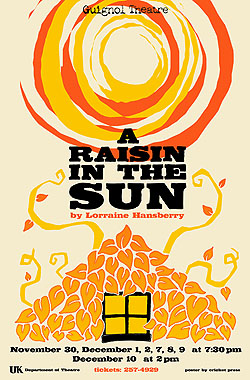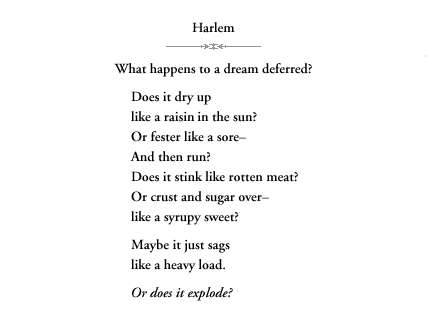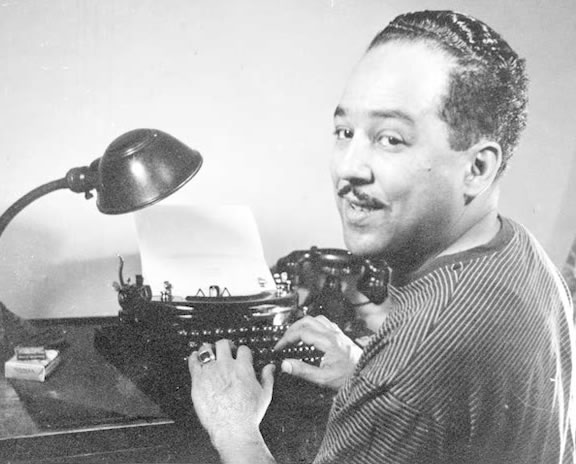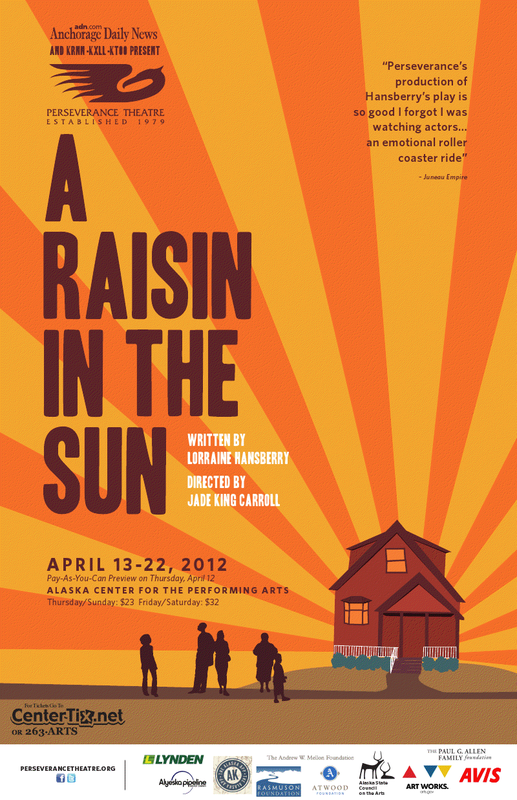A Raisin in the Sun, by Loraine Hansberry
About the Author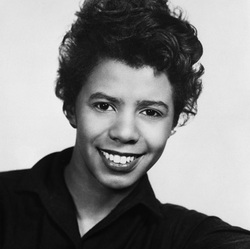
Lorraine Hansberry was born on May 19, 1930, in Chicago, Illinois. She wrote A Raisin in the Sun, a play about a struggling black family, which opened on Broadway to great success. Hansberry was the first black playwright and the youngest American to win a New York Critics’ Circle award. Throughout her life she was heavily involved in civil rights. She died at 34 of pancreatic cancer.
"Lorraine Hansberry." 2013. The Biography Channel website. Oct 31 2013, 10:14 http://www.biography.com/people/lorraine-hansberry-9327823. |
|
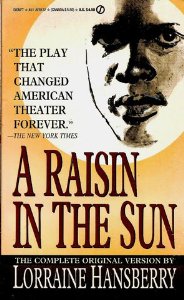
SYNOPSIS
This play tells the story of a lower-class black family's struggle to gain middle-class acceptance. When the
play opens, Mama, the sixty-year-old mother of the family, is waiting for a $10,000 insurance check from
the death of her husband, and the drama will focus primarily on how the $10,000 should be spent. The son, Walter Lee Younger, is so desperate to be a better provider for his growing family that he wants
to invest the entire sum in a liquor store with two of his friends. The mother objects mainly for ethical
reasons; she is vehemently opposed to the idea of selling liquor. Minor conflicts erupt over their disagreements.
When Mama decides to use part of the money as a down payment on a house in a white neighborhood, her conflict with Walter escalates and causes her deep anguish. In an attempt to make things right between herself and her son, Mama entrusts Walter Lee with the rest of the money. He immediately invests it secretly in his liquor store scheme, believing that he will perhaps quadruple his initial
investment.
One of Walter Lee's prospective business partners, however, runs off with the money, a loss which tests the spiritual and psychological mettle of each family member. After much wavering and vacillating, the Youngers decide to continue with their plans to move--in spite of their financial reversals and in spite of their having been warned by a representative of the white neighborhood that blacks are not welcome.
The Weston Playhouse Theatre Company. A RAISIN IN THE SUN Study Guide for Teachers The Weston Playhouse Theatre Company. N.p.: Weston Playhouse Theatre, 2013. Print.
This play tells the story of a lower-class black family's struggle to gain middle-class acceptance. When the
play opens, Mama, the sixty-year-old mother of the family, is waiting for a $10,000 insurance check from
the death of her husband, and the drama will focus primarily on how the $10,000 should be spent. The son, Walter Lee Younger, is so desperate to be a better provider for his growing family that he wants
to invest the entire sum in a liquor store with two of his friends. The mother objects mainly for ethical
reasons; she is vehemently opposed to the idea of selling liquor. Minor conflicts erupt over their disagreements.
When Mama decides to use part of the money as a down payment on a house in a white neighborhood, her conflict with Walter escalates and causes her deep anguish. In an attempt to make things right between herself and her son, Mama entrusts Walter Lee with the rest of the money. He immediately invests it secretly in his liquor store scheme, believing that he will perhaps quadruple his initial
investment.
One of Walter Lee's prospective business partners, however, runs off with the money, a loss which tests the spiritual and psychological mettle of each family member. After much wavering and vacillating, the Youngers decide to continue with their plans to move--in spite of their financial reversals and in spite of their having been warned by a representative of the white neighborhood that blacks are not welcome.
The Weston Playhouse Theatre Company. A RAISIN IN THE SUN Study Guide for Teachers The Weston Playhouse Theatre Company. N.p.: Weston Playhouse Theatre, 2013. Print.
Characters:Lena Younger: matriarch; proud; strong-willed; deeply religious; believes in the strength of family
Walter Lee Younger Jr.: ambitious; loves his family; longs to prove his manhood by owning his own business Beneatha Younger: as ambitious as her brother with plans to be a doctor; needs to express herself, as her varying hobbies indicate; interested in her African roots Ruth Younger: loving and faithful wife and mother; wants what’s best for her family; her dream is to move into a place with more space and sunlight Travis Younger: his family’s pride and hope for the future; typically energetic ten year old Asagai: fellow student; loves Beneatha; a “modern” African, committed to preserving the cultural heritage of his Nigerian people George Murchison: modern African American who believes that success lies in imitating whites; scorned by Walter Lee who considers him a phony |
